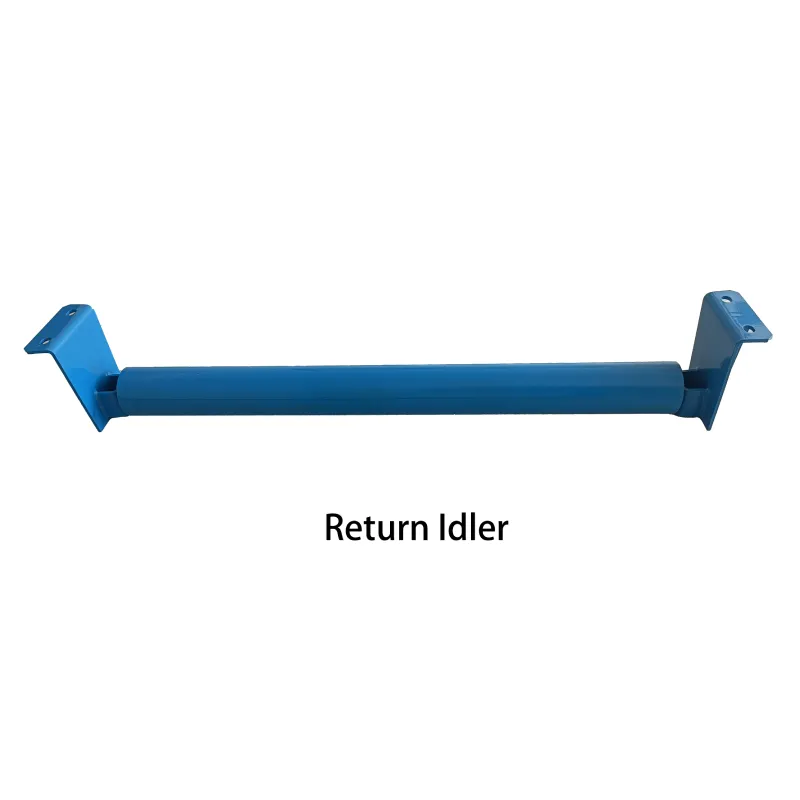 Afrikaans
Afrikaans  Albanian
Albanian  Amharic
Amharic  Arabic
Arabic  Armenian
Armenian  Azerbaijani
Azerbaijani  Basque
Basque  Belarusian
Belarusian  Bengali
Bengali  Bosnian
Bosnian  Bulgarian
Bulgarian  Catalan
Catalan  Cebuano
Cebuano  Corsican
Corsican  Croatian
Croatian  Czech
Czech  Danish
Danish  Dutch
Dutch  English
English  Esperanto
Esperanto  Estonian
Estonian  Finnish
Finnish  French
French  Frisian
Frisian  Galician
Galician  Georgian
Georgian  German
German  Greek
Greek  Gujarati
Gujarati  Haitian Creole
Haitian Creole  hausa
hausa  hawaiian
hawaiian  Hebrew
Hebrew  Hindi
Hindi  Miao
Miao  Hungarian
Hungarian  Icelandic
Icelandic  igbo
igbo  Indonesian
Indonesian  irish
irish  Italian
Italian  Japanese
Japanese  Javanese
Javanese  Kannada
Kannada  kazakh
kazakh  Khmer
Khmer  Rwandese
Rwandese  Korean
Korean  Kurdish
Kurdish  Kyrgyz
Kyrgyz  Lao
Lao  Latin
Latin  Latvian
Latvian  Lithuanian
Lithuanian  Luxembourgish
Luxembourgish  Macedonian
Macedonian  Malgashi
Malgashi  Malay
Malay  Malayalam
Malayalam  Maltese
Maltese  Maori
Maori  Marathi
Marathi  Mongolian
Mongolian  Myanmar
Myanmar  Nepali
Nepali  Norwegian
Norwegian  Norwegian
Norwegian  Occitan
Occitan  Pashto
Pashto  Persian
Persian  Polish
Polish  Portuguese
Portuguese  Punjabi
Punjabi  Romanian
Romanian  Russian
Russian  Samoan
Samoan  Scottish Gaelic
Scottish Gaelic  Serbian
Serbian  Sesotho
Sesotho  Shona
Shona  Sindhi
Sindhi  Sinhala
Sinhala  Slovak
Slovak  Slovenian
Slovenian  Somali
Somali  Spanish
Spanish  Sundanese
Sundanese  Swahili
Swahili  Swedish
Swedish  Tagalog
Tagalog  Tajik
Tajik  Tamil
Tamil  Tatar
Tatar  Telugu
Telugu  Thai
Thai  Turkish
Turkish  Turkmen
Turkmen  Ukrainian
Ukrainian  Urdu
Urdu  Uighur
Uighur  Uzbek
Uzbek  Vietnamese
Vietnamese  Welsh
Welsh  Bantu
Bantu  Yiddish
Yiddish  Yoruba
Yoruba  Zulu
Zulu picking idler
Enhancing Efficiency with Picking Idler Systems
In the manufacturing and logistics industries, operational efficiency is paramount. One of the critical components that can significantly impact the workflow in these sectors is the picking idler. The picking idler, often a simple yet sophisticated component, plays a crucial role in optimizing the material handling processes, particularly in conveyor systems.
Understanding the Picking Idler
A picking idler is a stationary or low-friction roller that is strategically placed within a conveyor system. Its primary function is to support the load being transferred and facilitate smoother movement along the conveyor. Unlike powered rollers, picking idlers rely on gravity and the motion of items traveling on the conveyor belt to enable efficient movement. This simplicity allows for lower energy consumption and reduces operational costs.
These idlers come in various designs, materials, and sizes, catering to different industries and applications. For example, in a warehouse setting, picking idlers are often used in picking systems where employees retrieve items from shelves or bins. In this context, having a well-designed idler can significantly reduce the effort needed to move goods, thereby accelerating order fulfillment and improving productivity.
Advantages of Using Picking Idlers
1. Energy Efficiency One of the standout benefits of picking idlers is their energy efficiency. Since they do not require any power to operate, they can significantly lower energy costs in the long run. This is especially beneficial in large warehouses where conveyor systems operate continuously.
2. Reduced Wear and Tear The utilization of picking idlers helps minimize friction on the conveyor belt. By allowing items to glide smoothly along the surface, these idlers reduce wear and tear on both the product and the conveyor system itself. This longevity translates to savings on repairs and replacements.
picking idler

3. Versatility Picking idlers can be adapted to various applications, from automotive manufacturing to food processing. Their ability to handle different sizes and weights of items makes them invaluable in many sectors.
4. Improved Ergonomics In settings where manual picking is involved, ergonomics play a crucial role in worker safety and efficiency. Picking idlers enhance ergonomics by allowing goods to be transported smoothly to the picking area, thereby reducing the physical strain on employees.
5. Ease of Maintenance Most picking idlers require minimal maintenance compared to powered systems. Their simple design means that there are fewer components to wear out or malfunction, allowing businesses to focus on core operations rather than equipment upkeep.
Implementation Considerations
When implementing a picking idler system, it is essential to consider the specific needs of the operation. Factors such as load capacity, speed, and the layout of the warehouse or manufacturing floor should influence the design and selection of picking idlers. Additionally, integrating idlers into a broader conveyor system requires careful planning to ensure seamless operation.
Training personnel on the efficient use of picking idler systems is also critical. Employees should understand how to interact with these systems to maximize their benefits and minimize the risk of injury or error.
Conclusion
In conclusion, picking idlers are a vital element in enhancing operational efficiency within manufacturing and logistics. By providing energy-efficient support for material handling, they contribute to smoother workflows, reduced operational costs, and improved worker ergonomics. Embracing this technology can offer companies a competitive edge, ensuring they remain agile and responsive in an increasingly demanding marketplace. As industries evolve, the adaptability and simplicity of picking idlers will continue to play an essential role in shaping the future of material handling systems. Investing in these components is not just a matter of improving efficiency; it is about fostering a workplace culture that values innovation, safety, and productivity.
-
Revolutionizing Conveyor Reliability with Advanced Rubber Lagging PulleysNewsJul.22,2025
-
Powering Precision and Durability with Expert Manufacturers of Conveyor ComponentsNewsJul.22,2025
-
Optimizing Conveyor Systems with Advanced Conveyor AccessoriesNewsJul.22,2025
-
Maximize Conveyor Efficiency with Quality Conveyor Idler PulleysNewsJul.22,2025
-
Future-Proof Your Conveyor System with High-Performance Polyurethane RollerNewsJul.22,2025
-
Driving Efficiency Forward with Quality Idlers and RollersNewsJul.22,2025





























